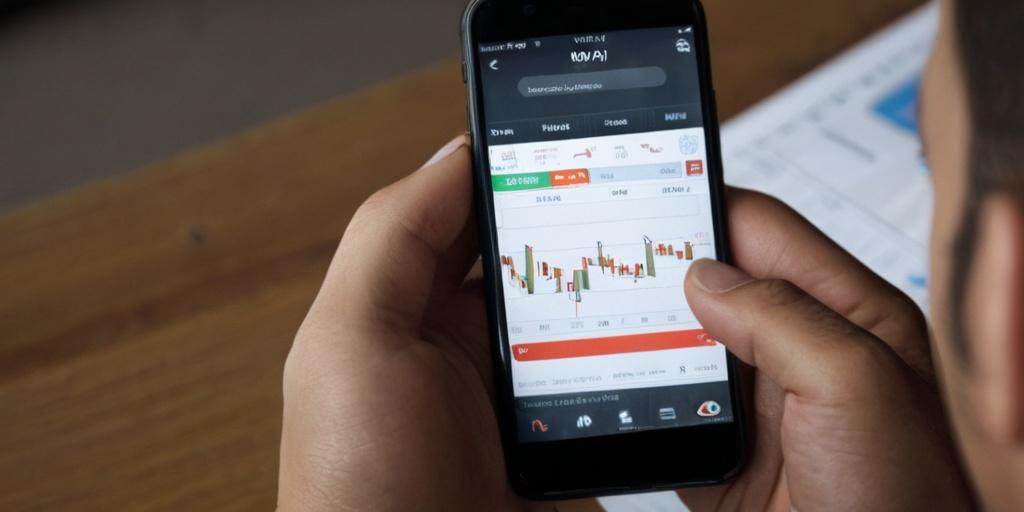Key Take Aways About Types of Trading
- Day trading involves buying and selling on the same day to capitalize on small price movements.
- Types include scalping, momentum, pattern, range, and news trading, each suiting different strategies and personalities.
- High risks are involved; emotional control and risk management are crucial.
- Essential tools include robust trading platforms and high-speed internet.
- Successful day trading requires practice, strategy refinement, and constant learning.

Understanding Day Trading
Day trading, the fast-paced practice of buying and selling financial instruments within the same trading day, is essentially about seizing small price movements. This style contrasts with those who camp out with their investments—some folks call them buy-and-hold investors—who might sit on their stocks for what seems like ages. Picture a day trader as a relentless fisherman, casting the line, catching a fish, and throwing it back, all under the scrutiny of the market’s ticking clock. It’s not just about luck or hunches; it’s a well-crafted mix of strategy, speed, and a spot of caffeine.
Different Types of Day Trading
Day trading isn’t a one-size-fits-all gig. It involves various strategies and styles, each suited to different personalities and market conditions. Let’s break down some common types of day trading, and you might just find one that fits you like a glove.
Scalping
Scalping is about quick trades that are in and out in seconds or minutes, aiming to snatch small profits repeatedly throughout the day. Think of it like picking up pennies in a parking lot. It requires an eagle-eye on price charts and a nerve of steel to dance with volatility. Scalpers often exploit tiny price gaps or discrepancies that others might overlook.
Momentum Trading
Momentum traders ride the wave of market enthusiasm, buying based on expected price movements due to news or technical patterns. They hold positions as long as the momentum is in their favor, bailing out before the tide turns. If you’ve got a knack for trends and a sixth sense for future moves, momentum trading might be your jam.
Pattern Trading
Pattern traders are like detectives in the world of day trading. They use technical analysis to spot patterns, like the head-and-shoulders or double-bottoms, which could hint at future market behavior. Pattern recognition isn’t just for artists or psychologists; in trading, it’s a skill that can pay the bills.
Range Trading
In range trading, traders identify key support and resistance levels where the price tends to bounce. They buy at the support level and sell at resistance, sticking within that range. Imagine a tennis ball bouncing between the floor and ceiling—range traders make their moves within those boundaries.
News Trading
If you’ve got a nose for news and a love for current events, news trading could be your style. This involves making trades based on news reports or economic releases. It’s about being at the right place, at the right time, with the right stock—riding the spikes or dips spurred by breaking news.
Risks in Day Trading
Every rose has its thorns, and day trading is no exception. A potential for hefty profits comes hand in hand with significant risks. The market can turn on a dime; one minute you’re riding high, the next you’re hanging your head. Emotional control isn’t just a good idea—it’s a necessity. Leverage, a common tool in day trading, can amplify profits, but it can just as easily balloon losses. Proper risk management, like setting stop-loss orders, is not optional; it’s a lifeline.
Day Trading Tools and Software
The right tools can make or break a day trader. Trading platforms are the command centers where all the action happens. They offer charts, analysis, news feeds, and order execution capabilities. Some popular ones include MetaTrader, Thinkorswim, and NinjaTrader. Remember, high-speed internet is your best friend—there’s no room for buffering in day trading.
Tips for Aspiring Day Traders
Jumping into day trading without preparation is like diving into a pool without checking the water. Start with a simulated trading account to practice without risking real money. Learn the ropes, refine your strategies, and develop the discipline necessary to keep your cool under pressure. Education, whether through books, online courses, or trading communities, pays dividends in preparing you for the market’s rollercoaster ride.
Day trading is no walk in the park; it’s a challenging, sometimes nerve-wracking endeavor that requires patience, skill, and a touch of bravery. Yet, for those nimble enough to navigate its waters, the rewards can be significant. Keep your eyes on the charts, your emotions in check, and your caffeine at the ready.
Child Pages
- Algorithmic Trading
- Arbitrage Trading
- Commodities Trading
- Copy Trading
- Cryptocurrency Trading
- Forex Trading
- Futures Trading
- High-Frequency Trading (HFT)
- Momentum Trading
- News Trading
- Options Trading
- Pair Trading
- Position Trading
- Scalping
- Social Trading
- Spread Trading
- Swing Trading
- Value Investing (long-term trading style)